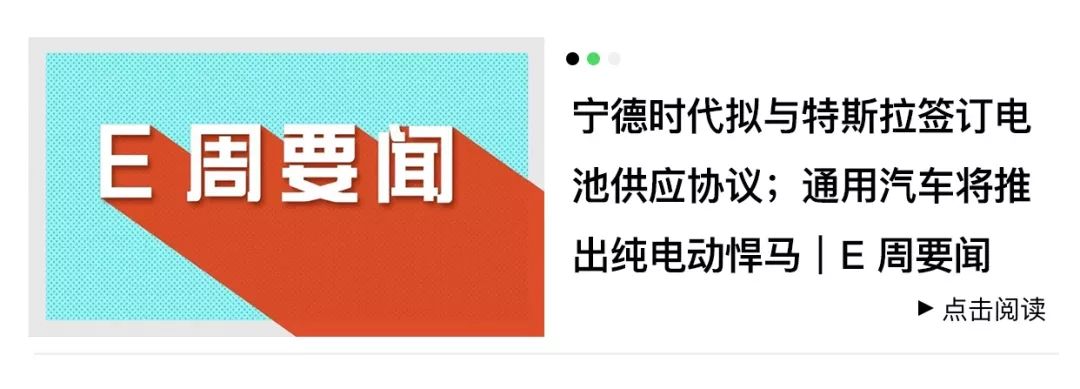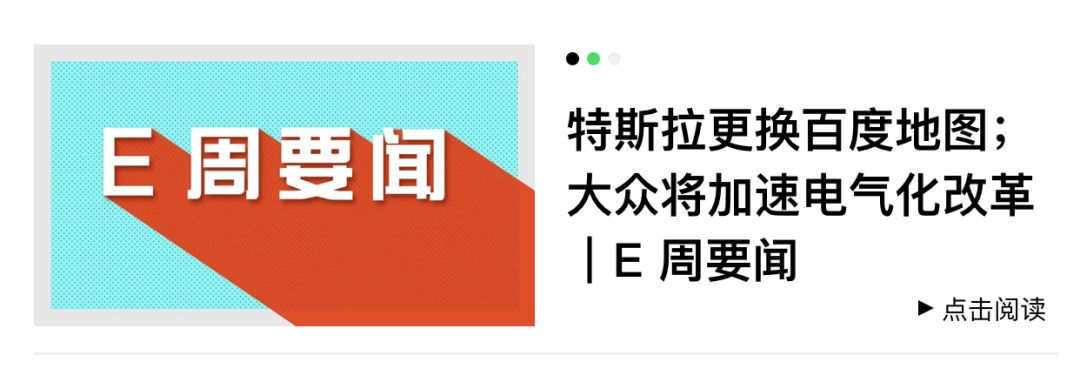Welcome to this week’s E News!
PART 1 Weekly Index
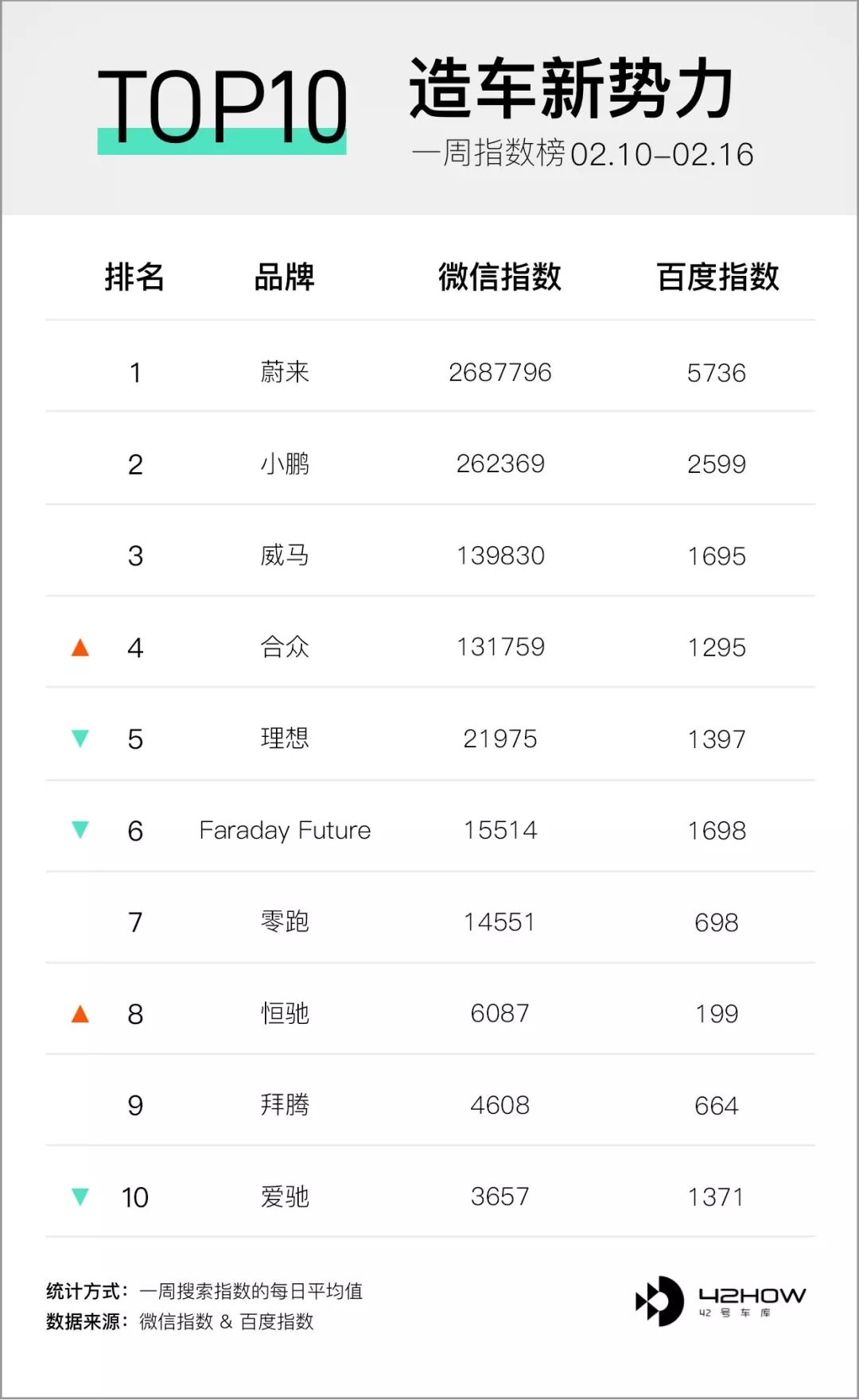
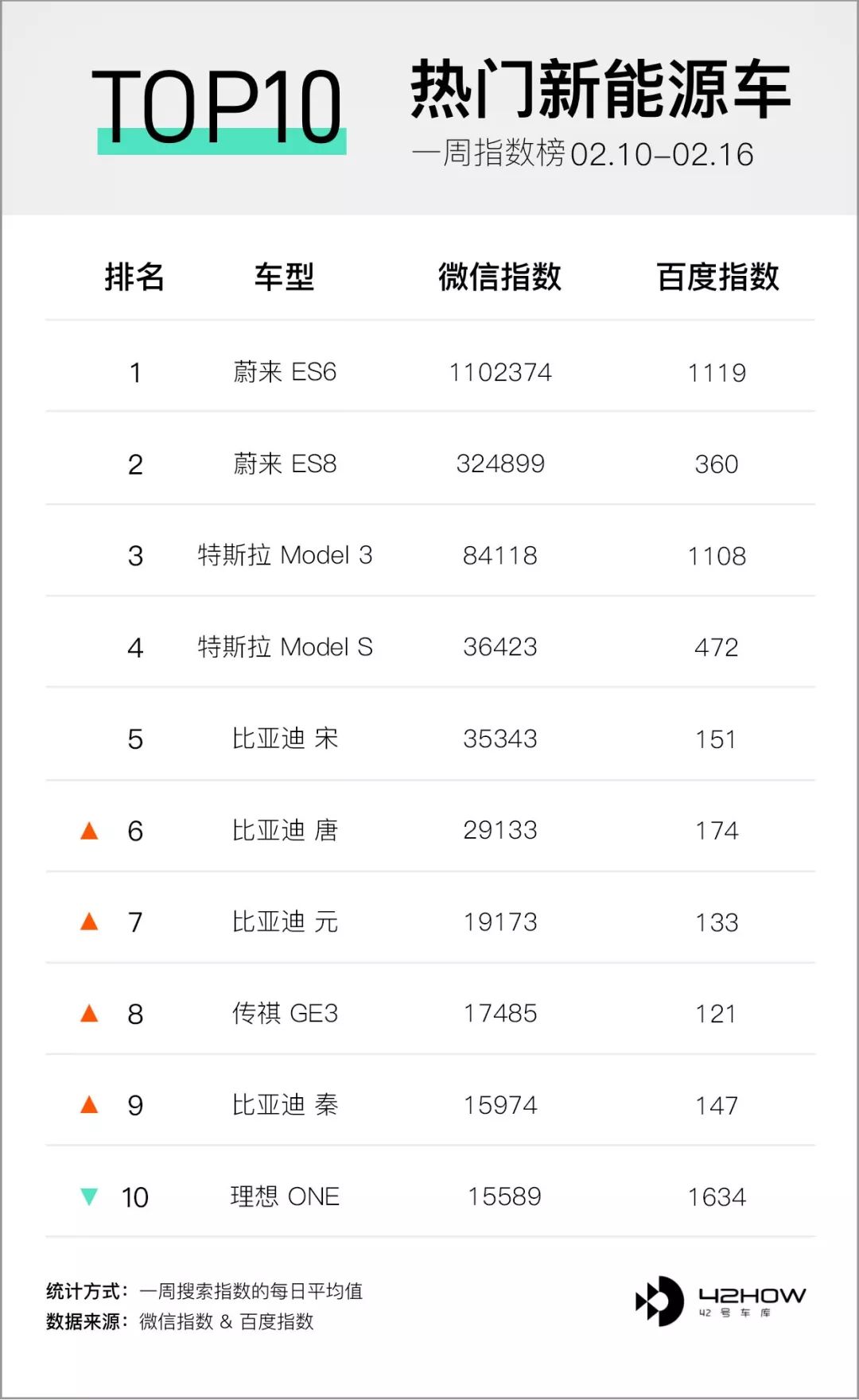
PART 2 Weekly News
① Domestic Model 3 Long Range Rear-Wheel Drive Version
In the latest batch of vehicle models declared by companies announced by the Ministry of Industry and Information Technology, the Domestic Model 3 Long Range Rear-Wheel Drive Version is among them. From the curb weight of 1745 kg and the motor power of 202 kW, it can be seen that this is the long range rear-wheel drive version of the Model 3.
Compared to the previously released Domestic Standard Range Plus Model 3 with a curb weight of 1614 kg, the Long Range Rear-Wheel Drive Version has added 131 kg****, and most of it must be the weight of the battery. The battery is a ternary lithium battery and may use 2170 cells supplied by LG Chemical in Nanjing. The tail of the car is still a combination of *“Tesla” + “Model 3”*, and it is difficult to tell the difference between the models from the appearance.
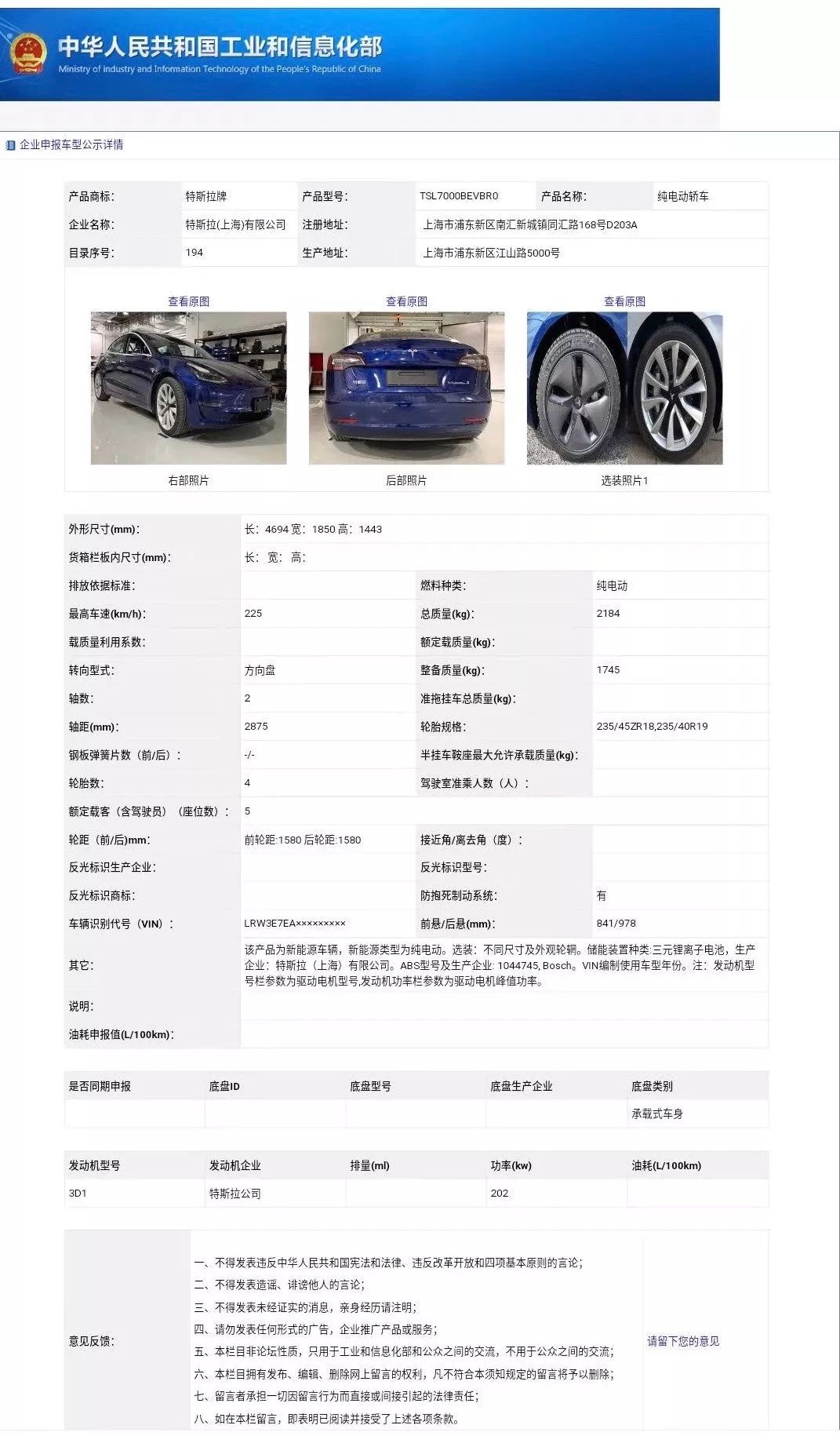
(Image source: Ministry of Industry and Information Technology website)
Quick Comment: When the news of the domestic long range version came out, our community was in a flurry, and everyone was very concerned about when it will be delivered and how much it will cost.
Based on the progress of the previously released Domestic Standard Range Plus Model 3, it appeared in the Ministry of Industry and Information Technology announcement as early as November 18, 2019 and started delivering in January 2020, with a time difference of nearly two months. Therefore, this Domestic Model 3 Long Range Rear-Wheel Drive Version may be delivered as early as April.
According to the statistical data, there was a discount of about 15,000 yuan for the imported Long Range Rear-Wheel Drive Version before it was taken off the shelves, and the price difference with the Standard Range Plus Model 3 was about 50,000 yuan. Similarly, the Domestic Model 3 Long Range Rear-Wheel Drive Version may have a discounted price of around 350,000 yuan after subsidies.The localization rate of Tesla’s Shanghai plant’s components is currently around 30%. With the increase of Tesla’s local production rate and production capacity, there is still a lot of room for price reduction for Chinese-made Tesla in the future. Tesla’s car-buying philosophy is: “buy early and enjoy early, buy late and get discounts“.
② GM and LG Chem plan to establish a joint venture battery plant in Ohio with an annual production capacity of 30 GWh.
In December 2019, General Motors announced its plan to establish a new joint venture with LG Chem to build a battery plant in Ohio with an annual production capacity of 30 GWh. On February 11, 2020, in an interview with Tim Grewe, the director of GM’s battery engineering and electrification strategy, Electrek mentioned that GM would further reduce battery costs and achieve the lowest battery prices through the new plant.
LG Chem has its own super factories in South Korea, China, the United States, and Poland. External estimates indicate that LG Chem’s total output in 2020 will reach 97 GWh.
(Image source: Electrek)
**Comment: ** For reference, Tesla’s Nevada Gigafactory, which is in partnership with Panasonic, had an annual production capacity of around 35 GWh in 2019. Based on producing 50 kWh battery packs, the 30 GWh capacity can produce 600,000 sets of 50 kWh battery packs.
Therefore, GM and LG Chem’s cooperation demonstrates GM’s strong determination to enter the electric vehicle market. In fact, LG Chem has been an old partner of GM over the past decade. As early as 2009, LG Chem provided power batteries for GM’s Chevrolet. Today, LG Chem remains GM’s largest battery supplier.
③ After last week’s financing, NIO announced another $100 million in financing.
On the afternoon of the 14th, NIO announced that it has again raised $100 million. Similar to the financing announced on February 6, the investors in this round are two Asian investment funds, and they are both “non-related parties”, purely financial investors.
According to the agreement, NIO will issue and sell convertible bonds with a total principal amount of $100 million to the purchasers in a non-public manner. Both transactions are subject to customary closing conditions and are expected to be completed no later than February 19, 2020. As of February 14, NIO has announced a cumulative $200 million in convertible bond financing in 2020.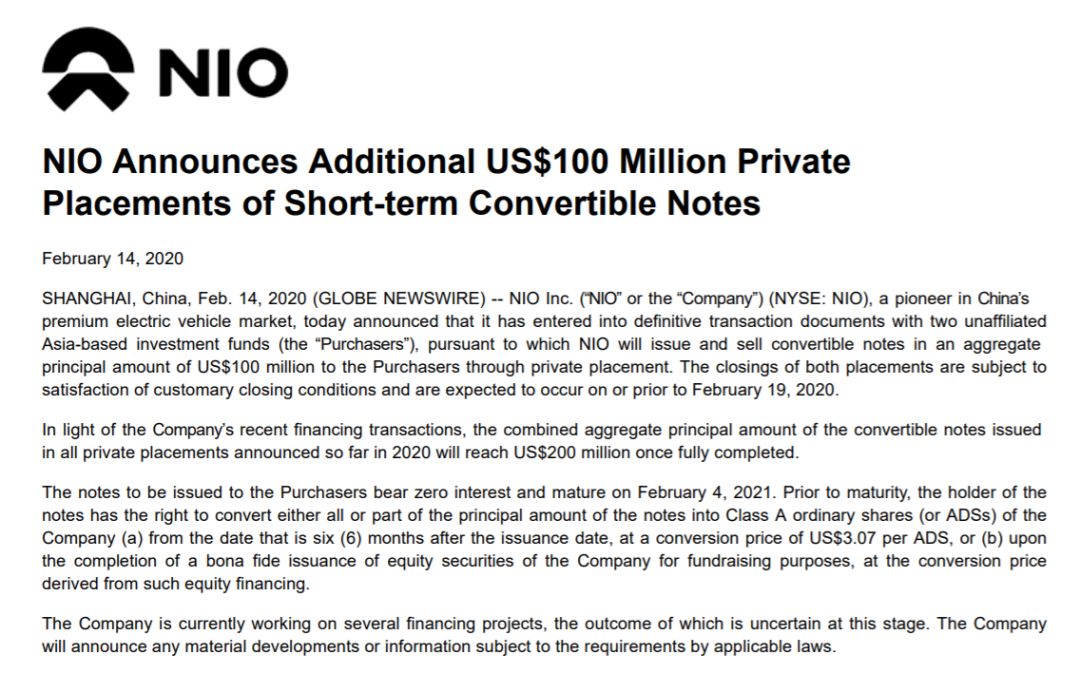
(Image source: NIO official website)
Quick comment: From the third-quarter financial report released by NIO at the end of December 2019, the net loss in Q3 was RMB 2.5217 billion. As of the end of September 2019, the total amount of NIO’s cash, cash equivalents, restricted cash and short-term investments was RMB 1.9067 billion, plus the convertible bond “Li Bin’s $95 million (about RMB 700 million)” issued by NIO on September 5 had not yet arrived. All of these total RMB 2.6 billion, which is enough for NIO to support themselves until Q1 2020.
Faced with the Spring Festival in January 2020 and the sudden outbreak of the epidemic, the convertible bond financing project of $200 million (about RMB 1.4 billion) at the beginning of the year has supplemented the company’s cash flow, which can help NIO get through the “cold winter” of these two months.
Currently, several other financing projects of NIO are in progress. At the same time, NIO has stated that they have full confidence in achieving full-year gross profit positive in 2020. We hope that the epidemic will pass soon, and the spring belonging to China will come as soon as possible.
④ IDEAL ONE starts the “monthly update” in Spring
This week, IDEAL ONE announced the OTA upgrade plan since entering the spring, with OTA upgrades scheduled at the end of February, March and April, respectively.
From the upgrade projects released this week, there are 12 major items: new energy mode, new special road condition mode, interface optimization of instrument screen display information, new WeChat in the vehicle, the display of time has been optimized, logical optimization of vehicle power on and off, optimization of Bluetooth connection and opening of the function to use secondary driver’s Bluetooth headset, optimization of charging function, optimization of driving assistance system, improvement of vehicle control App connection speed and opening of new functions, optimization of seat function, and optimization of driving recorder.
Detailed optimization points can be viewed on the “IDEAL App”.
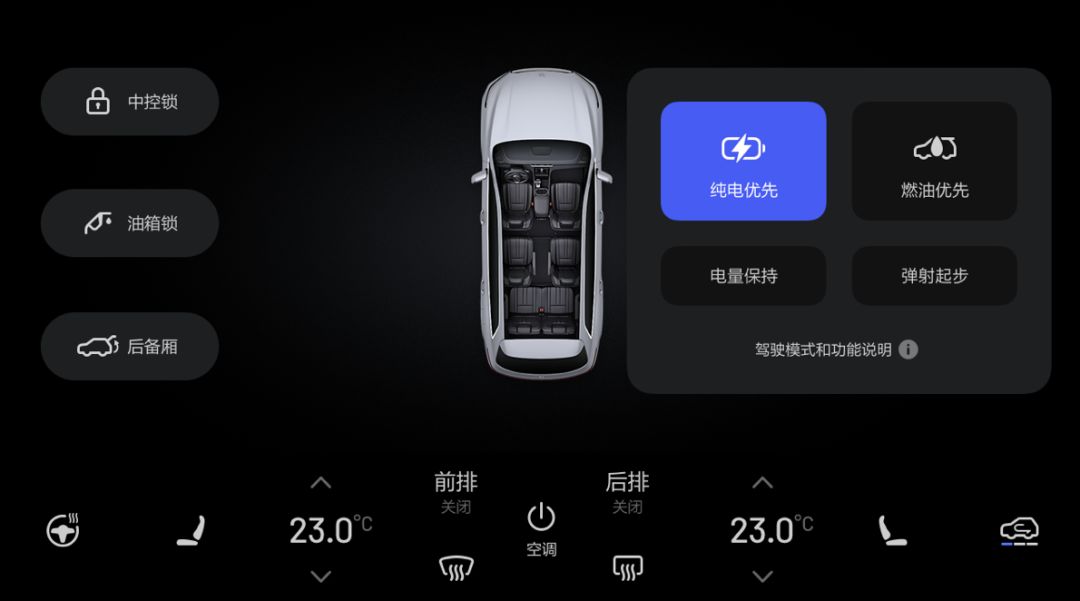

(Image source: IDEAL official website)Quick Review: The COVID-19 pandemic has greatly affected the automotive industry. Major companies have made great efforts to start online promotion and even online car sales. The OTA upgrade plan of Ideal Car will help increase product strength.
To summarize the list of widely acclaimed updates: simplify the naming of energy modes, reduce users’ learning costs by using “Pure Electric Priority” and “Fuel Priority”. In addition, the highly anticipated “Off-road Rescue Mode”, allowing vehicles to handle some simple cross axle situations, has been added. Several fresh features have been added, such as in-car WeChat, which allows users to send and receive WeChat through voice commands, and initiate voice calls. Additionally, the Bluetooth headset function for the co-pilot is finally going to be opened up, and users who have already bought the car will soon receive Bluetooth adapters.
Are you satisfied with the Ideal ONE’s “Spring Update” list?
⑤ Hyundai announced that it will invest $87 billion in research and development of electric vehicles from 2020, with the aim of launching 11 new dedicated electric vehicles by 2025. The program will include collaboration with electric car start-up Canoo to jointly develop compact and ultra-small electric cars.
Hyundai believes that the use of Canoo’s pure electric platform can simplify the research and development process for electric vehicles and reduce costs. With this chassis architecture, the battery pack and transmission system of Canoo’s pure electric platform can be installed, allowing for flexible and diverse body designs.
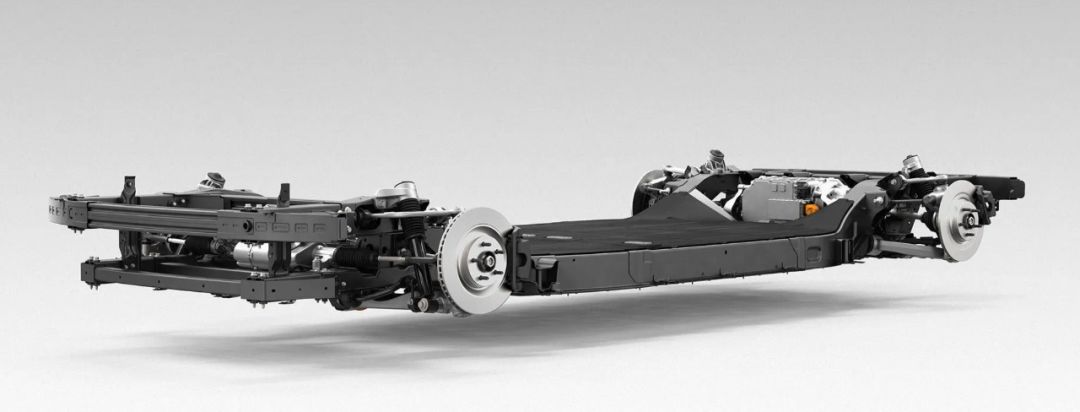
(Image Source: Electrek)
Quick Review: According to Hyundai’s latest 2019 financial report, last year’s net profit reached KRW 3.28 trillion, or about $27.74 billion. From this, it seems that Hyundai’s decision to invest $87 billion in the field of electric vehicles is really worth it.
Nowadays, many car companies are selecting mature electric vehicle platforms to shorten the development time and cost of new models. For example, Hyundai’s collaboration with Canoo is similar to Ford’s with Rivian. It is indeed more suitable for these traditional car companies that started late to directly design the car shell on such a “skateboard-style” chassis structure.
Written by Changhao Lewis
Edited by Song Song“`markdown


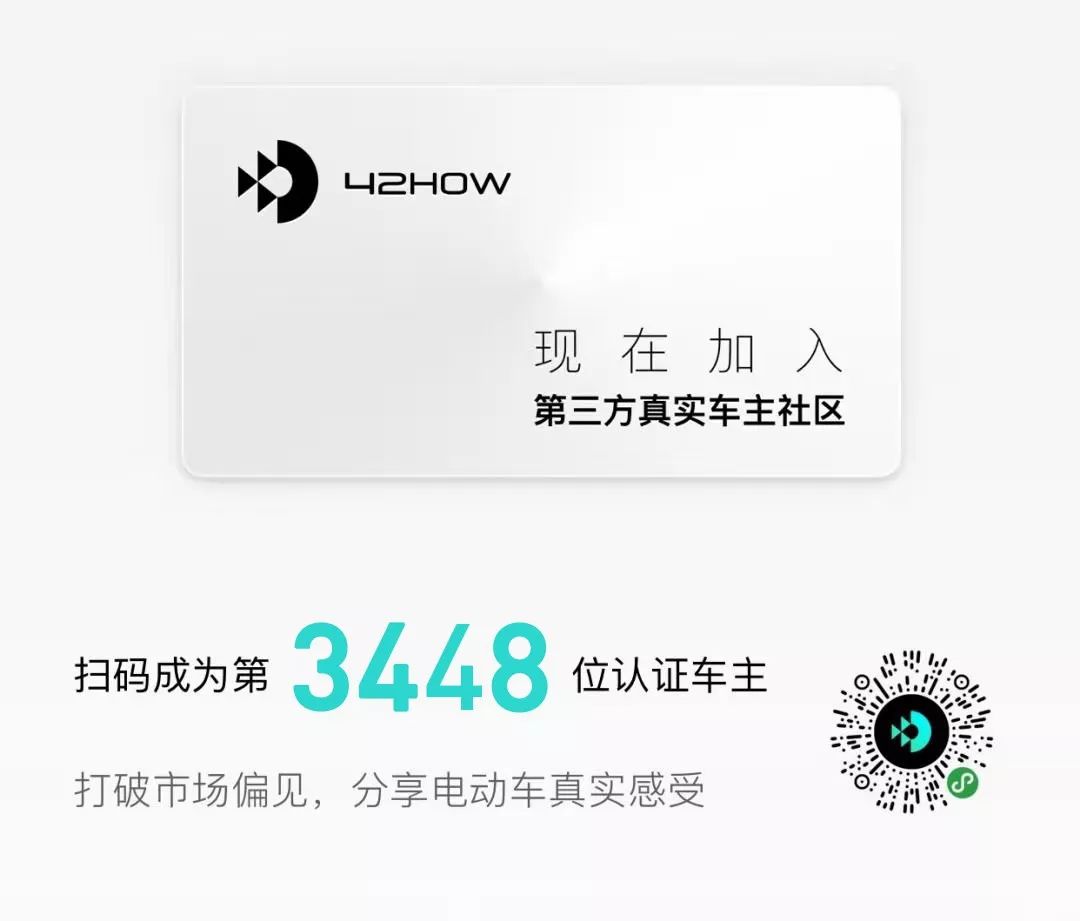
“`
This article is a translation by ChatGPT of a Chinese report from 42HOW. If you have any questions about it, please email bd@42how.com.

